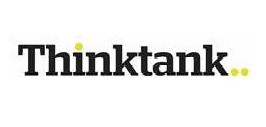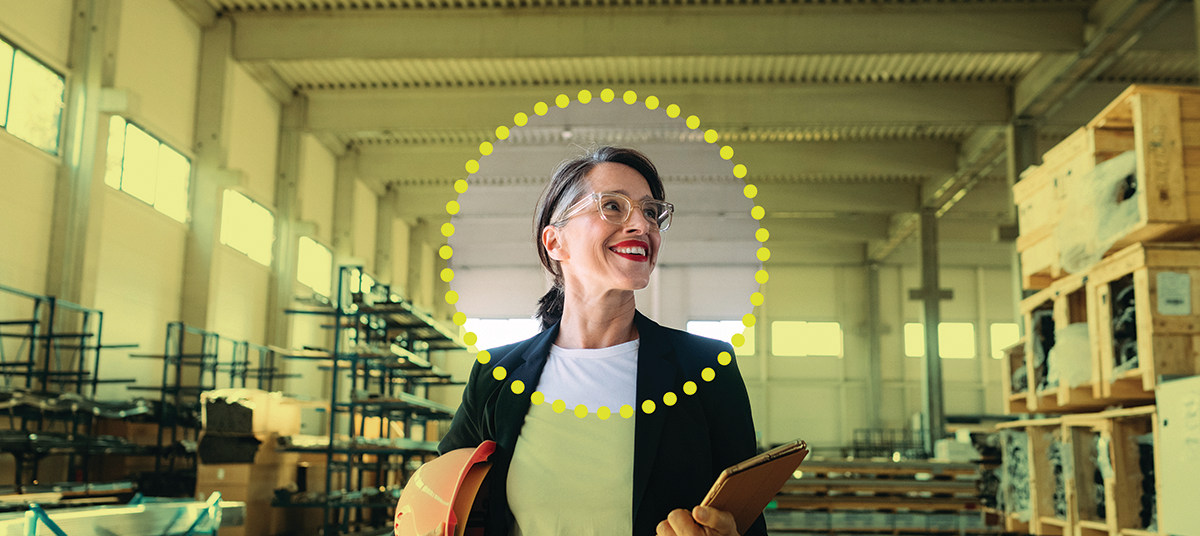
There are still bright spots of the commercial property landscape, if you know where to look. In this feature, sponsored by Thinktank, we explore what’s happening in the commercial property space that brokers need to know about.
Amid a landscape of economic flux and shifting consumer sentiments, the commercial property sector has been on a roller-coaster ride. According to the most recent commercial finance stats from the Australian Bureau of Statistics (ABS), commercial property mortgages were up by a whopping 23.3 per cent when compared to the same period last year.
But, on a month-by-month basis, new loan commitments for business purchase of property (a typically volatile series) fell 4.7 per cent.
This fluctuating pattern has been a common story in the commercial property space the past few years, as businesses continue to try and find a new normal in the aftermath of the COVID-19 pandemic and in a high inflationary environment.
Speaking to The Adviser, Belinda Wright, head of partnerships and distribution at non-bank lender Thinktank, explained: “The past year has been challenging due to inflation, rising interest rates and a changing economic environment, all of which have affected consumer sentiment and the business sector.”
However, despite these generally negative influences, Thinktank has reportedly seen “solid commercial property lending activity” across different property asset classes.
Which pockets of commercial property are booming?
Wright noted that the lender’s latest Monthly Market Focus report had a particular focus on the industrial property space.
According to the April report, retail continues to be showing some recovery (although volatile), especially in secondary – even though sales look to be flat – and industrial remains very strong across the country.
“Our view is that this sector remains strong, primarily driven by structurally supported demand leading to exceptionally low vacancy rates,” Wright said.
She suggested that a range of published research and articles have underscored the industrial property sector’s attractiveness as a sound investment across Australia.
“Although certain markets, such as greater Sydney, have outperformed others, all regions have evidenced some degree of uplift. Notably, the current performance of markets such as Perth and Brisbane indicate further growth potential is in prospect,” she said.
Thinktank’s head of partnerships and distribution suggested that the lender expected to see “stable to good performance” in key sectors including industrial and well-supported segments such as childcare and student accommodation.
In fact, she added that its confidence in the commercial/industrial property market had led the lender to introduce a lease doc offering, providing standalone servicing and a committed loan term of up to 30 years without rollovers, annual reviews, or reassessments (where the lease has at least two years remaining from the settlement date).
“In recognition of the robust rental market, we also consider 100 per cent of the rent for servicing without applying any shading,” she noted.
As demand for commercial property rises, so does the likelihood of values increasing, especially with falling interest rates on the horizon.
Anticipating market shifts, Thinktank has also raised its maximum loan sizes to cater to Full Doc Commercial and SMSF transactions up to $8 million. Moreover, its Mid Doc Loan now provides lending solutions of up to $6 million, based on self-certification and several options to support income documentation.
Offices still a point of worry
But while there is plenty of opportunity for growth, some sectors – like offices, which still are under-utilised following the COVID-19 pandemic – are still struggling.
The expected return-to-work in CBDs has been lacklustre, resulting in many city office blocks remaining vacant. Indeed, the national vacancy rate for CBD office has been trending higher over the past 12 months and now sits around 13.7 per cent, according to the CBRE, with the national vacancy rate expected to peak this year.
While office properties were doing better in some capitals, a real recovery remains some way off, according to Thinktank, noting this sector has generally seen negative half-year results and negative commentary from major real estate investment trusts (which own about 10 per cent of office space and 60 per cent of retail space in Australia).
For example, aggregate valuation measures of commercial real estate have fallen by around 10 per cent in the office segment and by around 8 per cent in the retail and industrial segments since mid-2022. This has led to a swathe of revaluations of commercial real estate assets by some listed Australian real estate investment trusts and superannuation funds.
Wright said that, due to the flow-on effects of tighter monetary policy, Thinktank anticipates “some weakness in pockets of retail, hospitality and strata office”.
“We remain conscious of numerous challenges facing the commercial office market in particular and of the significant revaluations that are only progressively being revealed,” Wright told The Adviser.
Identifying the opportunity
Given the different outlooks for commercial property, it is key for brokers who want to write more commercial mortgages this year to stay abreast of the latest trends. Given the fact that commercial loans can take time to structure (often months), ensuring that any red flags are identified before months of work are completed will save brokers from wasting their – and their clients’ – time and effort.
To mitigate this risk, engaging with trusted partners – such as specialist lenders and accountants – can be a godsend when it comes to generating and converting quality leads.
Several lenders, such as Thinktank, have experienced relationship managers on hand to help workshop scenarios and also provide specialist education and upskilling sessions to brokers.
Wright said: “If brokers are looking to uplift their commercial expertise and establish a connection with Thinktank, we recommend that they reach out to our dedicated relationship manager team. They will provide invaluable support at every step of the way, from workshop to settlement, and are always available for informal conversations and to provide industry insights and updates.
“Thinktank was originally established nearly 20 years ago as a specialist commercial lender, so we have deep commercial experience and demonstrable expertise around empowering brokers to successfully diversify into the commercial space.
“Many brokers want to be able to offer a range of solutions to their clients, as this typically leads to stronger and deeper relationships, new advocates, and potential new revenue streams.
“We recognise that educating and upskilling mortgage brokers is crucial for the brokers’ business, our business, and the industry as a whole, this is why broker education is woven into the fabric of how we do business.
“Thinktank is poised to help brokers and customers capitalise on market opportunities with expanded offerings for purchases, refinancing, and equity release. We’re committed to supporting brokers in navigating market shifts effectively.”

